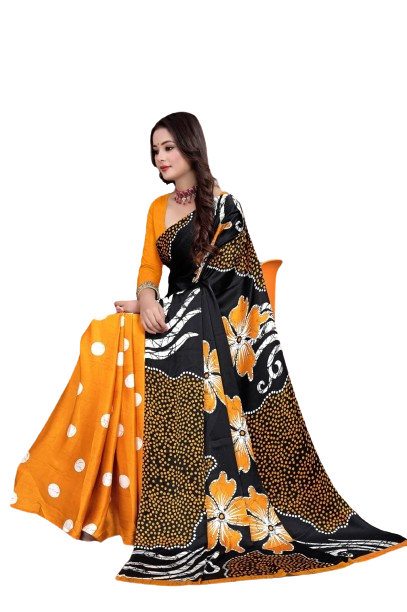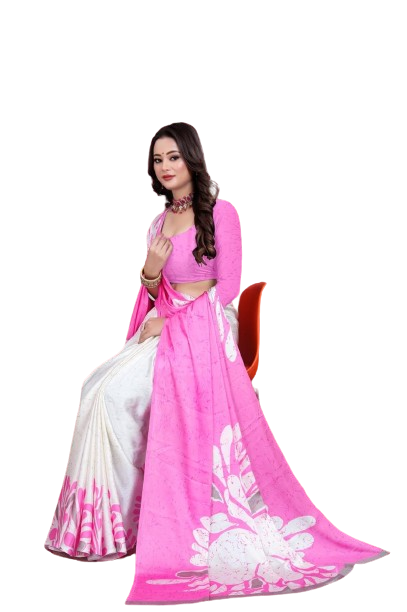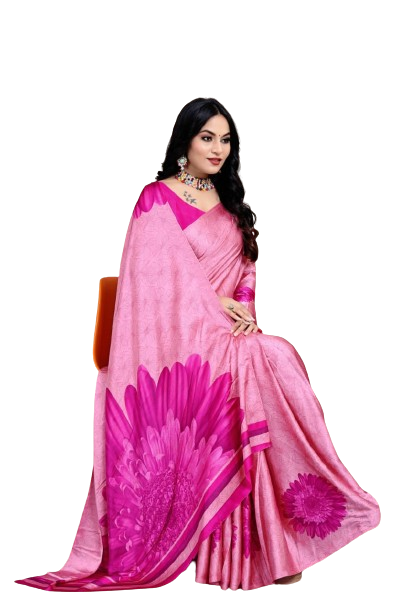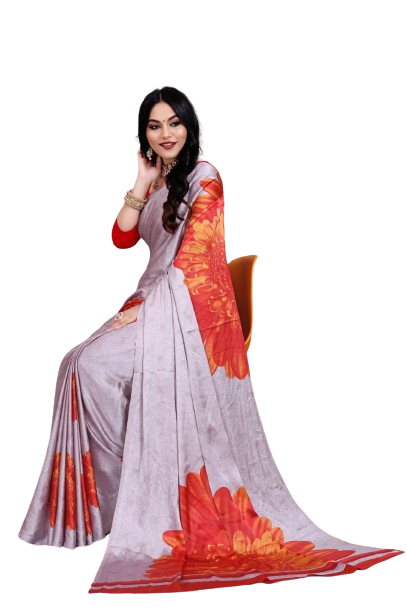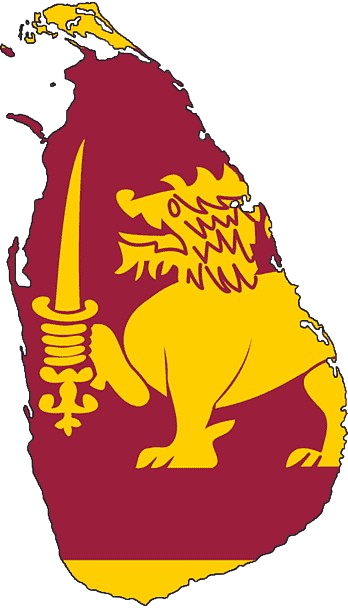Introduction
Sri Lanka, an island nation in the Indian Ocean, is not only known for its stunning landscapes and rich biodiversity but also for its vibrant and diverse fashion culture. The fashions of Sri Lanka reflect the island’s historical influences, cultural heritage, and modern trends. This article delves into the historical perspective of Sri Lankan fashion, its evolution, and the contemporary styles that define the nation today.
Table of Contents
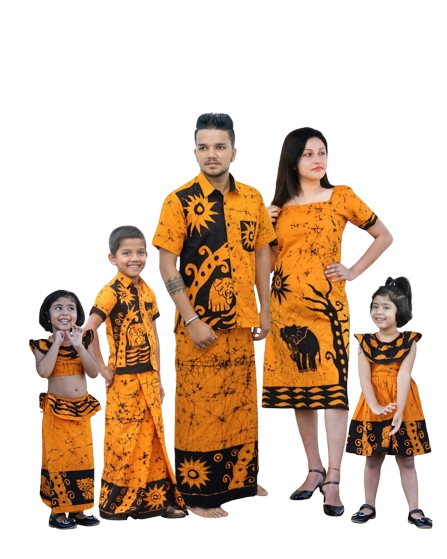

Historical Perspective of Sri Lankan Fashion
Ancient and Traditional Attire
The roots of Sri Lankan fashion can be traced back to ancient times when the indigenous Veddas wore simple garments made from natural fibers. These early attires were functional and suited to the tropical climate, consisting mainly of loincloths for men and simple wraps for women. As civilization progressed, the influence of various cultures began to shape the clothing styles of the island.
During the Anuradhapura and Polonnaruwa periods (3rd century BC to 13th century AD), the Sinhalese nobility adopted more elaborate clothing, influenced by Indian and Southeast Asian styles. The “osaria,” a traditional Kandyan saree, emerged as a popular garment for women, characterized by its elegant draping and intricate designs. Men typically wore a “sarong” or “sari,” a wrap-around garment that remains a staple in Sri Lankan fashion today.
Colonial Influences
The arrival of European colonizers in the 16th century brought significant changes to Sri Lankan fashion. The Portuguese, Dutch, and British introduced new fabrics, styles, and accessories that blended with local traditions. The Portuguese influence is particularly notable in the attire of the Kandyan nobility, who adopted garments featuring intricate lace, frills, and elaborate sleeves.






The British colonial period further transformed Sri Lankan fashion, introducing Western styles that became popular among the elite. Tailored suits for men and elegant dresses for women became fashionable, reflecting the changing social dynamics of the time. Despite these influences, traditional garments remained integral to Sri Lankan culture, especially during festivals and religious ceremonies.
Development of Modern Fashion in Sri Lanka
Post-Independence Era
After gaining independence in 1948, Sri Lanka experienced a resurgence of interest in traditional attire. The government encouraged the revival of indigenous crafts and textiles, leading to a renewed appreciation for local fashion. The Sri Lankan textile industry began to flourish, with artisans producing handloom fabrics, batik designs, and intricate embroidery.
In the 1970s and 1980s, the rise of the ready-made garment industry marked a significant shift in Sri Lankan fashion. The country became a hub for garment manufacturing, exporting clothing to international markets. This development not only boosted the economy but also introduced modern fashion trends to the local populace.
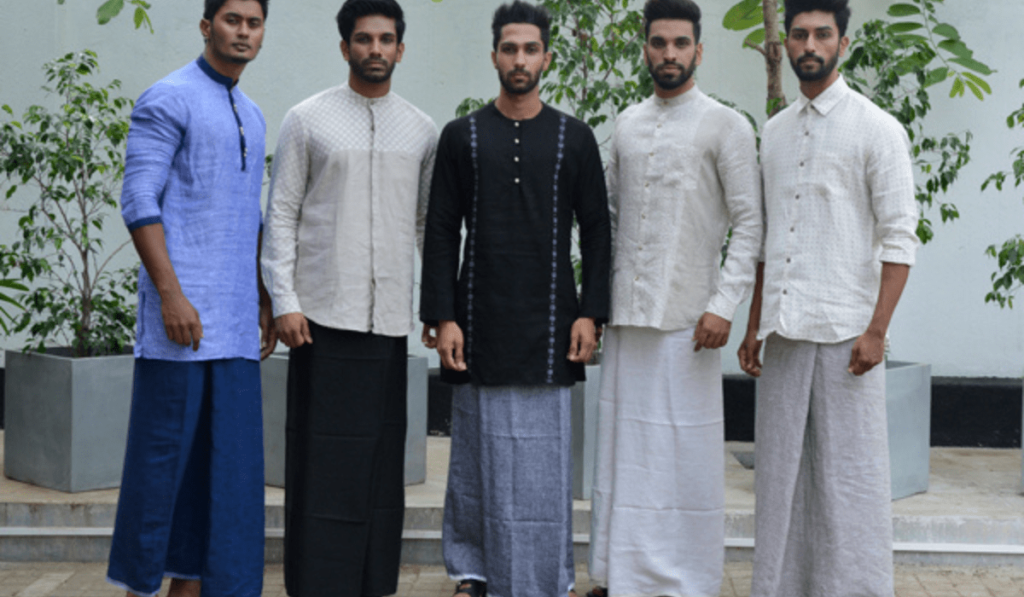


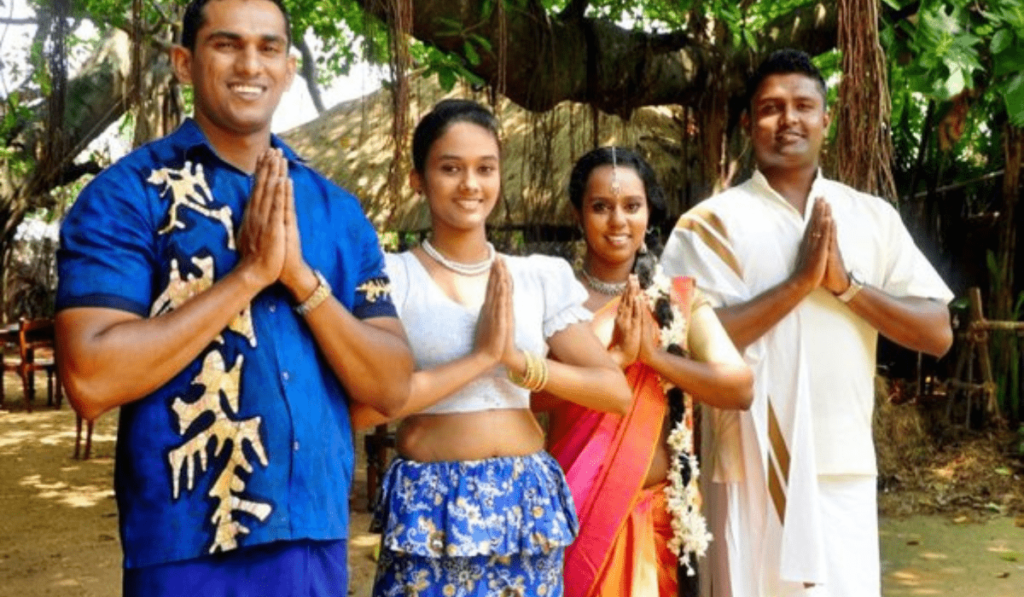
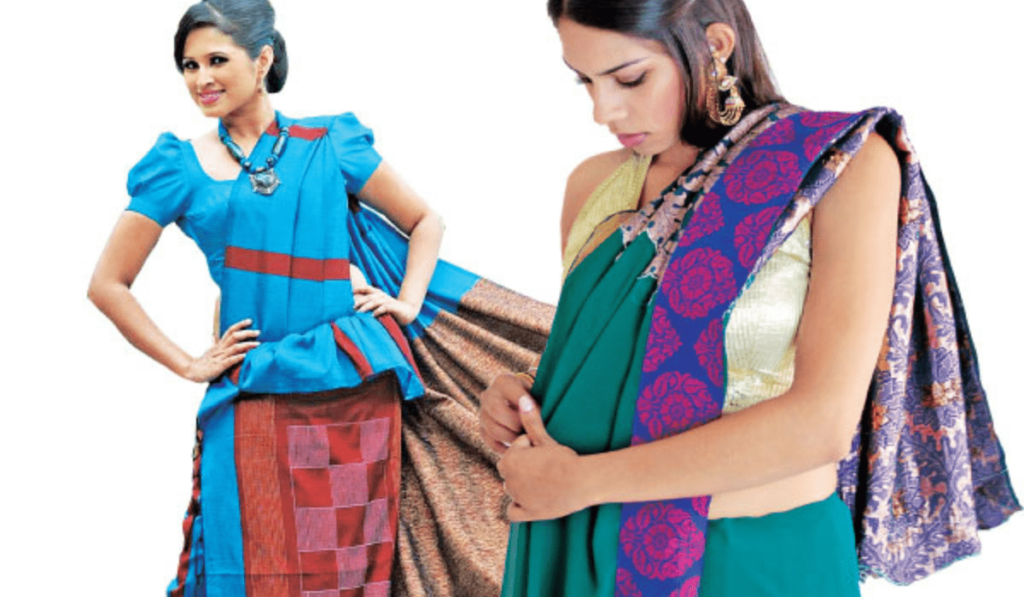

Contemporary Fashion Scene
Today, the fashions of Sri Lanka are a vibrant blend of traditional and modern influences. The contemporary fashion industry is characterized by a growing number of local designers who draw inspiration from the island’s rich heritage while incorporating global trends. Fashion shows, exhibitions, and events like Colombo Fashion Week showcase the creativity and talent of Sri Lankan designers, elevating the country’s fashion profile on the international stage.
Key Elements of Sri Lankan Fashion
Traditional Attire
- Saree (Osaria): The traditional Kandyan saree is a symbol of elegance and grace, often worn during special occasions and cultural events. It is characterized by its unique draping style and intricate patterns.
- Sarong: A versatile garment for men, the sarong is worn casually and formally. It is made from various fabrics and features vibrant colors and patterns.
- Batik: This traditional dyeing technique involves applying wax to fabric before dyeing, creating intricate designs. Batik garments are popular for their artistic appeal and cultural significance.
- Kandyan Dress: This traditional attire for women consists of a long skirt and a blouse, often adorned with intricate jewelry and accessories.
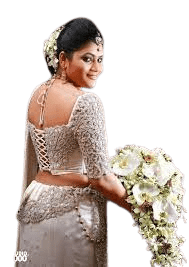





Modern Fashion Trends
- Sustainable Fashion: With a growing awareness of environmental issues, many Sri Lankan designers are embracing sustainable practices. This includes using eco-friendly materials, promoting ethical production methods, and reviving traditional crafts.
- Fusion Wear: Contemporary designers often blend traditional elements with modern silhouettes, creating unique garments that appeal to a global audience. This fusion of styles reflects the dynamic nature of Sri Lankan fashion.
- Street Fashion: Urban areas like Colombo have seen the rise of street fashion, influenced by global trends and local culture. Young designers and fashion enthusiasts experiment with bold colors, patterns, and styles, creating a vibrant fashion scene.



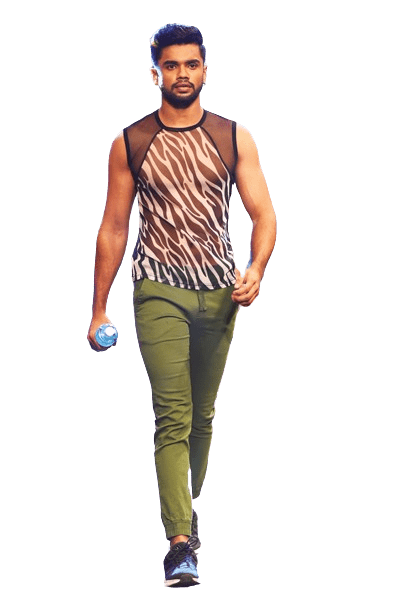


The Role of Fashion in Sri Lankan Culture
Fashion in Sri Lanka is deeply intertwined with cultural identity and social expression. Traditional attire is worn during festivals, weddings, and religious ceremonies, reflecting the island’s rich heritage. The use of specific colors, patterns, and styles often holds symbolic meanings, connecting individuals to their cultural roots.
Moreover, fashion serves as a means of storytelling, with each garment representing a narrative of tradition, history, and personal expression. The craftsmanship involved in creating traditional garments showcases the skills and artistry of Sri Lankan artisans, preserving cultural heritage for future generations.
Tourist Attractions Related to Fashion
For tourists interested in exploring the fashions of Sri Lanka, several destinations and experiences offer a glimpse into the island’s rich textile heritage:
- Batik Factories: Visitors can explore batik workshops in cities like Galle and Colombo, where they can witness the intricate process of batik-making and even try their hand at creating their own designs.
- Handloom Weaving Villages: Areas such as Kandy and Anuradhapura are known for their handloom weaving traditions. Tourists can visit local workshops to see artisans at work and purchase unique handwoven textiles.
- Fashion Shows and Exhibitions: Events like Colombo Fashion Week provide an opportunity for tourists to experience the latest trends in Sri Lankan fashion while supporting local designers.
- Cultural Festivals: Participating in traditional festivals, such as the Kandy Esala Perahera, allows tourists to witness the vibrant attire and cultural significance of Sri Lankan fashion firsthand.
Conclusion
The fashions of Sri Lanka are a testament to the island’s rich cultural heritage and dynamic evolution over the centuries. From ancient garments to contemporary designs, Sri Lankan fashion reflects a unique blend of tradition and modernity. As the country continues to embrace sustainable practices and innovative design, the fashion industry is poised for further growth and recognition on the global stage. For tourists, exploring the fashions of Sri Lanka offers a captivating insight into the island’s culture, beauty, and artistic expression, making it a must-visit destination for fashion enthusiasts and cultural explorers alike.
